 Welcoming special donations for Ukraine. Welcoming special donations for Ukraine. Two Ukrainian Catholic Churches in Calgary have joined a worldwide movement to support the devastated people of Ukraine who have suffered from the vicious Russian military invasion of their country. Since the Russian forces started a war in Ukraine, parishioners at St. Stephen Protomartyr Ukrainian Catholic Church and The Assumption of the Blessed Virgin Mary Ukrainian Catholic Church have launched several initiatives to help the Ukrainian people through this terrible crisis. Thousands of items have been donated through various efforts and hundreds of thousands of dollars have been given. Father Michael Bombak, of St. Stephen, says the response is incredible and he’s been “blown away” by the support. “The first and most important thing we’re doing as a parish community, and Assumption is doing as well, is prayer. That’s number one. This whole thing has coincided at this particular acute area of time with our beginning of the Great and Holy Fast. And so we’re increasing our prayer and fasting usually at this time but we’re also doing it now with a special intention of supporting our brothers and sisters in Ukraine,” says Bombak. “That’s number one what a parish can do and should do. That’s the first and foremost. Prayer and fasting. St. James says you can’t tell your brother that you love him and then not feed him and clothe him and take care of his needs. So we’ve had the parish mobilize in supporting the Eparchial fund - that’s our word for Diocese. All the churches in Alberta are collecting funds through Catholic Near East Welfare Association. That’s a Papal charity and that ensures that all of that humanitarian aid that we’re collecting is going to go to Ukraine and be protected that way. “We’re very grateful for that. We’ve had a generous donor who is matching the funds to $500,000. So we are collecting money for that continually. As well, we are collecting non-perishables, we are collecting various goods, clothing for humanitarian relief. Assumption is joining us as well.” Father Bombak says the church will continue with its Lenten services with special intentions for Ukraine and its people, 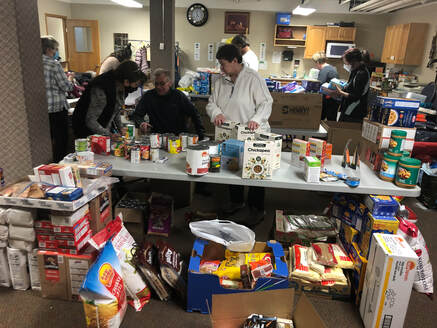 Volunteers worked to provide humanitarian aid for Ukraine. Volunteers worked to provide humanitarian aid for Ukraine. Mary Chudyk, Charity Director at St. Stephen, says all the donated items are being shipped by land or air to Toronto then by air to Warsaw in Poland. Meest, a transportation and delivery company, will drive the items to Ukraine where they will be distributed to people through various accredited institutions. “I’m overwhelmed with the generosity of people and I’m grateful that people want to do something,” she says. “It’s just been fantastic. People have been wonderful offering support, offering encouragement, offering prayers, showing up and just helping us out.” Dave Wandzura, a parishioner at St. Stephen, says he’s very, very sad about what’s happening in Ukraine and the people there don’t deserve this. “They’ve actually gone through so much stress and strife in their life in the last hundred years . . . Right now, we have to send funds to the people who need it most . . . Support in any way. Prayer is one of the big ones and financial support and goods as well.” Maria Dwulit, another parishioner at St. Stephen, who has relatives in Ukraine, says what everyone can do for the people of Ukraine is pray. “They just need the power to fight this evil,” she says. Father Bombak says the situation is a complete injustice - absolutely terrible to see the suffering of innocent people. “Your immediate gut reaction is to hate. That doesn’t serve anyone in the long run. It needs to be stopped. Innocent people are dying. Innocent people are suffering greatly. People are being displaced. This is a problem that is going to affect generation after generation,” says Father Bombak. “I was born in this country because of a previous persecution. My grandparents were displaced people themselves. You see that it’s going to have a huge impact inter-generationally. So your immediate gut reaction is anger - this sort of righteous decision that this has to stop. But that can easily turn into something that is a spiritual pitfall and that’s hatred. You have to avoid that at all costs. And yet still work as best as we can to make sure that this ends because it’s wrong.” When talking to children about this horrendous time in human history, Father Bombak says people have to speak the truth in love. Bombak and his wife Kimberly have five children ranging in age from 13 years old to three years old. “You can’t spare them from this. It doesn’t work. They know more stuff than we know in many ways. So you have to be truthful. But you do have to say the whole truth in a way that they’re going to understand and in a loving way,” he says. “There’s feelings of depression, helplessness. “Our kids have voiced the concern of what can we do. That question is echoed not just with kids. We are receiving information through social media and the internet at such a rate that it feels as though we can’t do anything because we’re bombarded by that information so quickly. So my advice and the way I talk to my kids is we have to do what we can do. We’re going to pray for Ukraine right now. We’re going to pray as a family. We’re going to go out and support places that are supporting Ukraine. We can work here in the parish to support. Those are all viable options.” Those wanting to make a financial contribution to the humanitarian efforts by the Ukrainian Catholic Eparchy of Edmonton can visit here: https://eeparchy.com/donate/
0 Comments
Interested in growing spiritually this Lent both in knowledge and in practise? Watch this short video about DOCAT!
Consider this...
"‘Teacher, which commandment in the law is the greatest?’ He said to him, ‘“You shall love the Lord your God with all your heart, and with all your soul, and with all your mind.” This is the greatest and first commandment. And a second is like it: “You shall love your neighbour as yourself.” On these two commandments hang all the law and the prophets.’" Matthew 22:36-40 Love God and love others. Learn and live.
Pray for UkraineGod of реасе and justice,
we pray for the реорІе of Ukraine today. We pray for реасе and the laying down of weapons. We pray for аІІ those who fear for tomorrow, that your Spirit of comfort would draw near to them. We pray for those with power over war or реасе, for wisdom, discernment and compassion to guide their decisions. Above аІІ, we pray for аІІ your precious children, at-risk and in fear, that you would hold and protect them. We pray in the name of Jesus, the Prince of Реасе. Amen. The climate crisis has a very human face. It is already a reality for multitudes of vulnerable people worldwide. Climate warming of merely 1.5°C would cause global sea levels to rise by 0.77 metres by 2100, threatening cities and crop and pasture land around the world. Projections based on current data predict a global temperature increase of 3-4°C by 2100. The Migrants and Refugees Section of the Dicastery for Promoting Integral Human Development has recently published and presented at a press conference on Wednesday, 31 March 2021, the resource document entitled, Pastoral Orientations on Climate Displaced People. The resource highlights the new challenges posed by climate disruption and displacement and suggests pastoral responses to the global situation and crisis. The document can be downloaded, in various languages and formats, from the newly created webpage dedicated to climate displaced people, on the Migrants and Refugees Section’s website: https://migrants-refugees.va/climate-displaced-people/
Keywords: global warming, climate change, Laudato Si,
This year has been difficult for all of us, but for those who were already vulnerable, it is even much more so. As in the past few years, Coldest Night of the Year walk support those Feed the Hungry. Your participation helps ensure ongoing service for those who rely on regular Sunday Meals at Feed the Hungry.
This year, Coldest Night of the Year is a “virtual” walk. We encourage families or individuals to participate in their own “COVID safe” walk at a location and distance you choose. Note that you may walk any day during February 2021, but we recommend event day Saturday, February 20 so you can join in the excitement across the country on social media. Teams and individuals are asked to register and fundraise through the CNOY website as in the past. To participate, start a group, or to support the walk, register at: https://cnoy.org/location/calgarydowntown Tools to help promote #CNOY2021 in your community, feel free to use:
This Advent, Calgary area single mothers and babies may get a boost thanks to a generous benefactor. An anonymous donor has announced they will match all financial contributions to Elizabeth House up to $20,000 before December 24, 2020. “It’s so encouraging to get a phone call out of the blue...because we tend to be head down when times get tough,” said Michelle Haywood, Elizabeth House program coordinator. “This was a real lift in the spirit and confirmation that God will provide no matter what.” Elizabeth House is a transitional home for single at-risk pregnant and new mothers with a child up to two-years-old. They typically serve mothers under the age of 25 who are working through a history of domestic violence, trauma/mental health challenges or substance use. “We used to say we set people up for successful independent living, but we know the reality of being there out on your own as a single mom,” said Michelle Haywood. “What we hope to do is build resilience so that when stuff happens, which it inevitably will –– when hard things happen, they can get back up again. They have those inner resources and are connected in their community.” Normally Elizabeth House can take up to seven women at a time, but it’s less these days due to social distancing restrictions. For the moms currently living there, the pandemic adds an extra layer of stress. “Living in a shelter is a completely different world than facing a pandemic in your own home. The restrictions are stronger, the isolation is greater,” said Haywood. If a woman needs to isolate she would have to quarantine inside her bedroom. Her overall access to community support is diminished at a time when she is trying to build skill and connections to be able to transition out of Elizabeth House. The news of this donation matching program has brought hope to these women and a feeling of worth. “Matching the contributions are making this possible for them because we are that net that can catch both mom and babe for that time period,” said Haywood. “But it’s also about them knowing there is a community out there that cares and is willing to donate.” The Calgary couple, who asked to remain anonymous, has been donating to Elizabeth House for 20 years because they sincerely believe in the cause. After having visited the house and researching the organization, they are certain it is a reputable, well-run charity by the Catholic Diocese of Calgary. “There are a lot of charities that have big names out there. This is one that does good work, but maybe doesn’t get the same recognition as others,” said the donor. “We also realize it’s a difficult time for charities. Realizing it’s a tough time for a lot of people, we are still called as Christians to share what we have.” This matching program coincides with the diocesan I Am Blessed Campaign, encouraging the faithful to give generously through either acts of service, financial donations to parishes, schools, diocesan programs or prayer for others such as a Mass, rosary or novena. For those who cannot give financially to Elizabeth House right now, prayers are also welcomed as is looking into the process to become a volunteer. But for those who can give, Haywood said this money will sustain Elizabeth House for some time. “When we say we’re in this pandemic together, here is the action you can take. We can do a lot with a little,” said Haywood. Written by Sara Francis for Faithfully Novelist Jeanine Cummins uses these lines from Chilean poet Pablo Neruda´s poem “The Song of Despair” as an epigraph in her novel “American Dirt.” The novel tells the story of a mother and son from the State of Guerrero in Mexico who wage an unbelievable struggle for life and freedom from the violence that engulfs this state and others in Mexico. Just the other day I received a phone call from Paloma, a young mother from Guerrero who is in hiding with her husband Santiago and three small children. I have known Paloma since she was born. She has no formal education, but she is an incredible young woman and a great mother. Santiago’s two brothers were recently murdered by members of a crime cartel; Santiago managed to escape, but everyone in the village knows that his name is on the hit list. I helped the family contact a human rights organization that is trying to get them asylum in another country. However, due to the COVID pandemic, all of that paperwork is presently on hold, and the family remains in hiding. Impoverishment, violence, corruption, discrimination, impunity, injustice … these are the daily fare of too many indigenous people living in the mountains of the State of Guerrero. The reason that the above-mentioned lines from Pablo Neruda come to my mind is that Mission Mexico has for twenty years been a “fruit” for many in the midst of the “thirst and hunger” of this reality; it has been “the miracle” for many in the midst of the “grief and ruins” of this reality. Since the year 2000, Mission Mexico has been accompanying the people of “the Mountain” of Guerrero. Approximately 500,000 people from three indigenous cultures (Na´savi, Me’phaa, Nahua) live spread out among 700 towns and villages. Mission Mexico has partnered with several trustworthy Mexican organizations to promote projects related especially to health, education, and self-sufficiency. Transformation of such a difficult reality has never been easy, but Mission Mexico has earned the gratitude of thousands of families living in this poorest region of the country of Mexico. Now there is COVID. Everything has changed. People have gotten ill and died. It is hard to give numbers because most of the people seldom go to a hospital; medical care always involves expenses. People have lost jobs, due to the closure of all kinds of businesses. Financial assistance from illegal workers in the United States who typically send money to their families each month has diminished. Education has been particularly hard hit. At the present time, there is no face-to-face, classroom education in the Mountain of Guerrero. Everything is meant to be online learning, using either television or the Internet. This presents an almost impossible situation for thousands of families in remote villages in the mountains. I used the expression that “everything is meant to be online learning” on purpose, because many teachers, realizing that their students have little or no access to computers or television, are going to the villages with photocopied worksheets: they leave “homework” with the students and return two weeks later to pick up the completed worksheets and to leave more. It’s not an ideal situation for many reasons: teachers risk contagion during their travels; many parents are illiterate and can’t assist their children; if a student falls behind, there is no remedial assistance. But I admire the teachers for trying to do what they consider is best for their students. Mission Mexico began helping sixteen years ago to build the Champagnat High School of the Mountain, a residential school for impoverished indigenous youth; it is run by a Mexican religious order, the Marist Brothers. And Mission Mexico has a bursary program for university students from particularly needy families. The hundreds of students from the high school and university are involved now in online learning, which often means that students have to move to a town where there is Internet service. The support for the high school and for the bursary program is vital to the success of the students in this endeavor. However, it is almost impossible for Mission Mexico to meet the “usual” goals in terms of financial support. COVID has hit the Diocese of Calgary too. The level of donations to Mission Mexico has diminished. This is understandable, and I assure the people of the Diocese of Calgary that their “friends” in the Mountain of Mexico are praying for them. I also hope and pray that as the “thirst and hunger” and “grief and ruins” of the indigenous peoples here hit almost desperate levels, God might touch the hearts of people in the Diocese of Calgary to extend their generosity, so that Mission Mexico might continue accompanying these very needy people is this time of very real need. Every looney or tooney helps. Please consider going to the donation page on the website missionmexico.com or giving during the special collection that the Diocese of Calgary is promoting in parishes on December 12 & 13, the weekend of the feast day of Our Lady of Guadalupe. Your solidarity will change lives here.
Having the obligation to attend professional development training with some regularity, and presenters seeking to have their audiences more engaged, I am often witness to grown adults frantically looking around as soon as they hear we’re going to break into groups. The desire to belong, and even more the fear of being alone, is strong within us. Though attributed alternately to the writers of “Charlotte’s Web” and “Stuart Little” or “The Adventures of Tom Sawyer” and “Huckleberry Finn,” the quote runs that trying to explain a joke is like dissecting a frog – you gain understanding while losing your subject. This can be said also of discussing friendship. Much of its charm lies in what is unspoken. Aristotle said there are friendships of utility and convenience – we get something that makes our way easier; there are also friends who bring us pleasure – being with them is enjoyable. But the philosopher really points to those who spur us on to being better. In the language of our faith, these relationships help us mutually perfect one another; they foster virtue. And no doubt they are also useful and pleasurable. Finding such people and making and keeping such relationships can involve lots of trial and error. Friendships usually start with those near us, whom we encounter more than by accident. Over time we feel an attraction to this other personality and discover what we have in common. It is upon this that something of substance can be built. We give and take in an easy-going and natural process. When there are difficulties, we invest to make a fix, and we continue to grow. For most of us, the challenges of our current day are different in kind though perhaps not in degree from what has come before, or will come hereafter. Now as always we can find opportunities to be friends more fully and deeply, to those who are already in our social circles and those who are not yet. Recently required compliance with the imposed COVID-19 restrictions has disrupted many aspects of regular life, including our contact with others. The normal ways that we have informally cared for one another are no longer the same. While we can lament that loss, we can also be grateful for the chance to extend both how and to whom we show care. In justice, those who have first claim upon our energies are family and friends, and those in greatest need. Every liturgical season offers renewed opportunity to become more like Jesus. Advent in particular calls us to make straight and prepare, to ease what is difficult for others. These are expressions of friendship. And we can make them even for those with whom we have no visible connection, as expression of charity, as acts of service to others in the Body of Christ. If it is Jesus’ will to be Friend to all, and we are friends to him, the deepest of connections exists already.
The contents of the backpack were easy to take out. A change of clothes, some carefully-chosen toiletries, a hand-written card and a hand-made bracelet. “They were also life-changing”, says one of the first women, a survivor, to receive one of the specially-prepared backpacks assembled by caring members of St. Michael’s council of the Catholic Women’s League. The woman received the backpack when she arrived at RESET, a Calgary-based agency that helps women ages 16 and older escape sexual exploitation and trafficking. Bringing nothing but the jeans and T-shirt she’d worn for three days, the woman says she, “can’t put into words how much it meant to have something to change into. I cried when I read the card, and wore the bracelet on my ankle for three straight months. It’s now hanging on my wall.” St. Michael’s CWL, with help from councils at Holy Name, Holy Spirit, St. Peter’s, St. Bonaventure and St. Albert the Great, launched the IWIN – I’m Worth It Now backpack initiative in late 2019. IWIN has already distributed eight of its first 12 packs in partnership with Calgary Police Service and RESET Society of Calgary (formerly Servants Anonymous). Another 18 will be assembled this year, says project lead Kristin Fahlman. Kristin had previously participated in a project to combat human trafficking overseas and had learned of a similar backpack program operating in Florida, but did not know of the need to help survivors here. After attending a local conference about human trafficking in Canada, she knew God was calling her to take local action to address this issue. When the conference ended, the Holy Spirit led her to Detective Paul Rubner, a Calgary Police Service officer who works on the front lines of human trafficking in Calgary. “I introduced myself and explained my idea. He was extremely enthusiastic and, as it turns out, he was the key person in Calgary who would know how to implement distribution system for the backpacks.” Research shows human trafficking is one of the fastest-growing crimes in Canada, affecting people from all walks of life. It is also one of the most lucrative of criminal activities, with traffickers profiting up to $600,000 per victim, per year. “We chose the name IWIN because we want survivors to know that they are worthy; worthy right at this very moment. It doesn’t matter what their past looks like. It doesn’t matter if they have plans for their future or not. They are worthy of love and respect,” says Kristin. Each backpack is linked to a “prayer warrior” who receives a bracelet that matches one in a backpack. Survivors are told that someone else has a matching bracelet—and is now linked to them in prayer. The next group of backpacks will also include hand-made reusable face-masks made by CWL members. “Two masks were added to each of the remaining packs and the plan is to include them in all future backpacks,” explains Kristin. To learn more about IWIN and how you can assist, contact iwincalgary@gmail.com. Edited by Joy Gregory for Faithfully, on behalf of the Catholic Women's League.
Photos submitted by Jan Myhre, Calgary Diocesan CWL. Vertical Divider
With climate change getting so much media coverage, it’s easy to see why some Catholics are asking questions about what they can do to support the papal call for Christians to unite in caring for what Pope Francis calls, “our common home.” Other Catholics don’t spend much time thinking about it. They’re too busy planting, weeding and harvesting food, flowers—and faith. This summer, volunteers planted a 3,000-square-foot vegetable garden at the Mount St. Francis Retreat Centre at Cochrane. The potatoes, carrots, squash and swiss chard were put to good use; the food is shared between Feed the Hungry’s (FTH) Sunday dinners at St. Mary’s Cathedral and the Calgary Food Bank. “The food bank really is a ‘bank,” says Linnea Ferguson, program lead for the Calgary Catholic Diocese’s FTH program. “We take from that bank for our Sunday night dinners, so it’s nice to deposit some food there, too.” Although FTH is more closely aligned with social versus environmental causes, the connection between food and life is obvious, notes Ferguson. “By actively participating in the production of local produce, I think Feed the Hungry shows care for our common home and how much we respect the dignity of the people we feed.” Care for Creation Over at St. Joseph’s parish in northwest Calgary, parish council has adopted some care for creation initiatives sparked by the 2015 papal encyclical, Laudato Si: On Care for Our Common Home. This spring, Knights of Columbus planted a courtyard area with plants donated by a long-time parishioner. “It’s really beautiful,” says parish council member Marilou LeGeyt. “We’ve got a variety of flowering plants, including roses, monkshood and black-eyed Susan. Next year, the Knights will divide those plants and sell the extras as a fundraiser.” After all the planning and planting were done, the project yielded three wins for the parish. The garden is a fundraiser, a beautiful space by the Church entrance and its gives parishioners an opportunity to take an ecological piece of their church community home to their own gardens. In late September, the courtyard hosted a Blessing of the Animals. The event attracted dogs, fish, cats and turtles! In line with Laudato Si and its focus on dialogue, St. Joseph’s parish is also exploring the addition of a vegetable garden on the church property. The concept is meant to nourish St. Joe’s place in the wider community, says LeGeyt. At St. Peter’s parish, a team of volunteer gardeners is taking responsibility for the gardens built as part of a major reconstruction project. Led by parishioner Sylvie Fung, who’s also active with the Society of St. Vincent de Paul, the grounds include several well-kept flower pots, ground-level plots and a new grotto. The latter includes an outdoor rosary. To help the growing number of faithful who visit the space to pray, Fung tucks several rosaries and prayer cards into two solar lamps at the garden entrance. “People take the rosaries, so I’m always looking for more,” says Fung. Members of her garden team take turns watering the pots and checking to make sure the freshly-landscaped shrubs and perennials are doing well. But the job can get a little prickly. While the space between the church and alley has been beautifully landscaped, these beds include a number of Canada Thistle, an invasive (not Canadian!) weed species known for its thorns and deep roots, both of which complicate eradication. Fung encourages her fellow gardeners to weed these “beds of thorns, beds of suffering” as an act of faithful sacrifice. “It’s the perfect job to recite the Chaplet of Divine Mercy,” says Fung with a smile. Written by Joy Gregory for Faithfully
Many are internally displaced or flee to neighbouring countries such as Lebanon and Jordan. Some, Syrians in particular, have settled in parts of Canada, including Calgary, but for those who stay or have gone back, their homes are often destroyed and require a lot of rebuilding. “Sometimes people don’t feel safe moving back to their town,” said Gabriel. “There have been cases of kidnapping, harrassment, discrimination. There have been times that they’ve been killed because of their faith.” Due to difficulties crossing check points, Palestinian Christians aren’t always granted a pass to attend Easter Mass in Jerusalem. “The locals can’t experience Easter there, but the tourists have no problem,” said Gabriel. She organizes pilgrimages with CNEWA to the Holy Land for those wanting both a spiritual experience and a snapshot into the life of local Christians. The next one is being planned for 2020. “The Christians are always very grateful when we come and visit them. They feel supported,” said Gabriel. In August, Gabriel spoke at the national Catholic Women’s League (CWL) Convention held in Calgary because CNEWA is one of the charities CWL supports at the national level. Two of the projects CWL funds are a centre in Jerusalem that provides tutoring for at-risk youth and a centre near Bethlehem providing healthcare for women and their babies. National CWL President Anne-Marie Gorman went on a pilgrimage to the Holy Land and met some of the local Christians, including entrepreneurs who left to seek education in the United States, but returned to open a brewery. “Things seem to be so unstable, so I’m thinking if they have enough faith to go home and settle back in the Palestinian occupied territory, it behooves us to support them as best we can,” said Gorman. “Our past spiritual adviser Bishop Martin Currie said the Holy Land is in danger of becoming like Disneyland, just a tourist site that people go see what it used to be like. But when I was there, it was all about these people being living stones. These are the people that haven’t left.” St. Bonaventure parishioner Kathleen Kufeldt is one of many Calgarian donors who financially support CNEWA. For several years she has organized a raffle at her parish for CNEWA during the annual CWL fundraiser. “I think we are so blessed here to practice our faith. My heart goes out to the Christians in the Middle East,” said Kufeldt. “I feel it must be one of Jesus’s wounds that the area where He was born and grew up is so difficult for His followers.” Written by Sara Francis for Faithfully
With her long blonde hair, sunglasses and a big smile, Jackie sat on her walker beside her friend, in line for dinner outside St. Mary’s Cathedral Hall in Calgary. She’s come for Sunday dinner at Feed the Hungry for a decade.
“The people are nice, the meals are good and sometimes I don’t like sitting at home by myself because I live alone,” said the mother of one grown son. The 59-year-old jokes that most people think she looks too young to have five grandchildren and two great-grandchildren. Jackie lives in a downtown apartment, getting by with help from her disability payments. She uses a walker because of her unsteady balance due to Parkinson’s disease and tremors. And a history of being abused has left her with debilitating anxiety and stress. Jackie was one of the 557 people served a warm meal on the last Sunday in May. On average, 500 people are served a four-course meal 48 Sundays per year. To keep the meal running smoothly, it takes about 100 volunteers, six part-time paid assistant coordinators and one full-time paid program manager. Anyone can sponsor a Sunday dinner for $5,000 — a parish, school, company, family or individual. A group of parishioners piloted the idea on Easter Sunday 1993, and it has been running continuously ever since. This year marks their 25th anniversary. The outreach has been sustained simply through word of mouth, and all these years later word is still getting around. “People are still walking through this door in what is supposed to be this rich, affluent city,” said Sartre Jean-Gilles, Feed the Hungry program manager. “We really don’t survey our guests, but most of them are definitely homeless or working poor. It’s just people trying to make ends meet. “Anybody is welcome at Feed the Hungry. I would really like neighbours to come have a meal and see what’s going on in their neighbourhood. I think a lot of people shy away from it because it’s a validation of the situation they are in. I don’t think a lot of people would want to come if they didn’t have to.” Lining the sidewalk between St. Mary’s Cathedral and Hall was a crowd diverse in age, sex and nationality. A separate section in St. Mary’s parking lot was reserved for women, families, people with mobility issues and the elderly. Jessica, her boyfriend Chris, and her two children aged 7 and 8 found out about the dinner five years ago through word of mouth. They come when times are tight. The couple is on disability payments; Chris for bipolar and a brain injury and Jessica manages life with fetal alcohol syndrome. “It’s hard for me to be reliable and stable, to be committed to work with my FAS. I have tried over the years. We just find it very useful when we do come (to Feed the Hungry). It’s good food and service. I feel safe here.” Emily Kennedy, a social worker and Feed the Hungry assistant coordinator, said not to underestimate the value of a reliable meal, served with a smile in a safe and hospitable space. “It’s so important to have a place to come together as a community and experience the dignity that might be missing in a shelter,” said Kennedy. “It’s not just about feeding someone, it’s about giving someone happiness and hope in their day.” And it’s not just a meaningful outreach for the dinner guests. David Holy often makes time on a Sunday to volunteer with his family because serving with Feed the Hungry has been so enriching for him. “You see the face of Christ here,” said Holy pausing a moment from his table service duty. “With these people, you are truly serving Christ. Selfishly, I probably get more out of this experience than the people I serve do. It feels good to serve and I feel like Christ showers me with blessings.” Holy wanted his son-in-law Lewis Cutter to have the Feed the Hungry experience while he was in Calgary visiting from Spokane, Washington. And the timing worked out well since this particular meal was low on volunteers. “People are nicer, kinder than how they come across or you may build up in your head,” said Cutter, a first time volunteer. “It puts your own gifts from God in perspective; things you have afforded in your everyday, like a hot meal. One positive experience like this and it makes me want to do it more. It’s a life-giving experience.” When a dinner is short staffed, Dana Colborne comes to the rescue. For over a decade, this mother of four has been on the call-out list, coming in last minute to ensure there are enough volunteers. For the last two months, she’s served every Sunday. “I love to cook. I love feeding people. I thoroughly enjoy visiting with the people that come here and find out their story. And I feel good that they are getting a good meal at least once a week.” Jean-Gilles encourages anyone interested in a meal, volunteering or sponsorship to check out the website feedthehungrycalgary.ca. This program depends on funds from our Together In Action, annual appeal. “We are always looking for sponsors and volunteers, especially in the summer. This is a year-round thing,” said Jean-Gilles. “I see these people leaving the hall and I know they are going to be hungry in eight hours. It’s just such a basic need.” Written by Sara Francis Freedom to live authentic Christian lives according to one’s conscience is under attack by an aggressive secularism and it must be resisted, said Canada’s former Ambassador for Religious Freedom. Father Deacon Andrew Bennett, an ordained deacon in the Ukrainian Greek-Catholic Church, and the current Cardus Religious Freedom Institute Director, worries that if robust conscience rights are eroded in Canada, people who don’t hold the prevailing secularist values will be marginalized. “That’s not democratic, it’s not right, it’s not just,” he said. “There is a concerted attempt to demonize those people who hold different views on the nature of human sexuality, on the nature of the dignity of the human person, and that’s unacceptable.” “A lot of us often silence ourselves, or self-censor ourselves for fear that if we speak our minds or live according to our consciences, we will be demonized.” But Bennett said it’s the moral obligation of Christians to speak out in charity and truth or otherwise risk moral injury and distress. “For all of us as Catholics, we must live the faith truthfully and fully both in our private lives of faith and public lives of faith because our baptism calls us to be present in the world. And we must take courage, through our participation in the sacramental life of the Church, to step out into the public square and say what is true.” He points to the examples of St. Thomas More and Blessed John Henry Newman (soon to be canonized a saint on Oct. 13) for strength and guidance in the area of conscience rights. “We need both martyrs (like St. Thomas More) those who will witness to what is true in terms of religious freedom and conscience,” said Bennett. “These are people who might lose their jobs or status in their career, but they will be examples. We also need confessors (like Blessed John Henry Newman) those men and women who will step forward and give an account for why they hold the beliefs that they do, and to do so in a way that’s convincing to people.” Bennett will speak about the necessity of conscience rights at a reception following Calgary’s Annual Red Mass on Oct. 30 at St. Mary’s Cathedral. The Saint Thomas More Lawyers’ Guild of Calgary hosts the Red Mass as an opportunity for judges, lawyers, elected officials, paralegals, file clerks, law students and all members of the legal community to pray for the pursuit of justice and mercy at the beginning of the new judicial term and to build community among those in the law profession. The Red Mass celebrates the martyrdom of St. Thomas More who was executed by order of King Henry VIII for refusing to approve his divorce. It was first celebrated at the Cathedral of Paris in 1245, dates back to 1896 in Canada and re-instituted in Calgary in 2015. “That is why the Red Mass is a celebration of the rule of law rather than the rule of men,” said Tom Ross, Saint Thomas More Lawyers' Guild of Calgary Chairman. “Part of the beauty of our legal system, compared to others in the world, is that we expect our laws to be honoured regardless of who may be adversely affected by them or who is in government. They apply equally to all.” Written by Sara Francis for Faithfully
As we approach Extraordinary Missionary Month this October, Pope Francis has asked the Whole Church to revive its missionary commitment and reinvigorate its work to bring to the world the salvation of Jesus Christ. We’ve compiled some resources to help you prepare for this revitalization in your missionary work. You can also share what you believe is your life’s mission and then post a picture or video with your mission to your social media account (download here). Let’s show our solidarity with the global Church by participating in an activity and sharing on social media by using the hashtags #MyMission and #CatholicYYC. Please access the resources for the Extraordinary Missionary Month here:
The Social Justice & Outreach Department is pleased to announce three important pro-life events taking place in May:
For Flory D’Souza the Outdoor Way of the Cross is a family affair. Her father Antonio Carvalho carried the cross in the procession a few months before he died. At 91, with a cane in one hand, the cross on his opposing shoulder, he carried the cross right to the very end of his life. “I took a picture of him carrying the last station of the Cross and I got it printed while he was in the hospital. Everyone could not believe that was my Dad,” said Flory, picturing the scene four years ago. “For him it was just because he was a man of faith and I think a little way of saying: Jesus I’m helping you carry your cross and carrying my own cross with His. It gave him fulfilment in being part of the Good Friday event,” said Flory. For 20 years Flory’s parents Antonio and Annie made the Good Friday pilgrimage through the city. Now at 83, Annie is unable to participate anymore, but Flory fondly remembers how important this pilgrimage was for her parent’s spiritual lives — a spiritual practice she plans to carry on. “When my dad was interviewed by a reporter he was asked: ‘You are such a small man and you carry such a heavy Cross?’ His answer was: ‘My Jesus helps me.’ I thought what a sweet answer,” said Flory. “When I’ve carried the cross I’ve found it heavy, but I think it’s the weight of our sins that makes it heavier,” she said. “It has helped us know that we all have a cross to carry, but Jesus helps us to carry that cross. And He never gives us a cross too heavy to carry. It helps our faith, to go on and trust in God and be thankful that Jesus did what He did for us to be free.” Flory has carried the Cross a number of times and has consistently attended the pilgrimage for the last decade. Since she has never been to the Holy Land she sees this as her opportunity to walk in the footsteps of Christ. “This just means so much. The stations take you to human suffering. It was Jesus’ suffering in Calvary, but here in every station is some kind of human suffering and you are made aware of it,” she said. Flory is no stranger to suffering. Two years after her father’s death, her husband John suddenly died at the age of 57. “My strong Catholic faith, thanks to my parents, has helped me cope with my cross in life and these great losses,” she said. Flory immigrated on her own to Calgary 30 years ago from Kenya. Of her five siblings, she sponsored her sister in 1992 and three years later her parents. Then eight years ago she sponsored her brother Alex Carvalho. He volunteers with crowd control for the pilgrimage. From humble beginnings, the Outdoor Way of the Cross has grown to attract between 2,500 and 3,500 pilgrims, some from other faith traditions. And more than 200 volunteers help keep it running smoothly.
Written by Sara Francis
In the weeks to come, Edie Pujo will seed a 60-square foot vegetable garden on her acreage east of Calgary. On the semi-arid plains of southern Alberta, a region notorious for drought, hail, wind, slugs and aphids, Pujo’s garden is an act of defiance. It is also a beacon of hope—and a place of immense spiritual comfort. To Pujo, time in the garden is “one-on-one time with the Big Guy. It’s so peaceful. I plant, and I pray. My time in the garden is time with God.” This spring, Pujo will also work alongside vegetable growers—and fellow believers—at Calgary’s St. Albert the Great parish. Located in the southeastern community of McKenzie Towne, the parish added a community garden to its property in 2018. The 3x3-foot beds rented quickly—simultaneously producing fresh vegetables and nurturing a new community of gardeners. An idea germinates The St. Albert the Great Community Garden began in 2017 after a couple of people talked to the parish priest. Pujo chatted with Father Julian Studden (now in Airdrie) about her love of gardening. Together, they mused about the spiritual connection between growing food and caring for the Earth as a gift from God. Pujo, a Vincentian, also talked about how nice it would be to include home-grown vegetables in hampers delivered by the Society of St. Vincent de Paul (SSVP). When another parishioner pointed out an under-used space beside the church as a problem area—good for nothing but grass—Father Julian urged the two to chat. Before long, Pujo and fellow parishioner Mike Alvares were co-chairing a community garden committee. Scott Harrison, another member of the fledgling group, teaches culinary arts at a Catholic high school. He linked the group to a not-for-profit that teaches groups how to build the portable wooden garden frames now used at St. Albert the Great. Other committee members, James Dalton and Paul Schneider, brought their expertise and passion. By the spring of 2018, the group had prepared 42 beds for planting. The entire project, including eight fruit trees, was completed with grants and donated products. “This was a real community project, and it was 100 per cent self-funded. We didn’t ask the parish for any money,” says Pujo. When one would-be gardener had to back out after renting her bed, she donated the $20 plot to SSVP. Quick to recognize the opportunity, Pujo assumed responsibility for the bed and seeded it all to beans. “I can’t tell you the number of hampers that got green beans last year, but it was a lot.” Feed the Hungry Closer to the city’s core, Linnea Ferguson has her eye on five small garden plots at the FCJ Centre near the Calgary Pastoral Centre. Ferguson, who coordinates the Diocese’s Feed the Hungry Garden, used the plots last year to grow onions, garlic and parsley. Guests of the dinner sowed the parsley seed and all were harvested for use by Feed the Hungry chefs. Last fall, Ferguson helped young women from Elizabeth House harvest the garlic and plant a new garlic crop for 2019. Ferguson also organizes the work crews that plant, weed and harvest about an acre of potatoes east of Calgary. Donated by Annette and Theo D’Souza, parishioners at St. Gabriel the Archangel, that land will eventually be used to grow other vegetables. “It made sense to grow potatoes for the first few years as that helps to prepare the soil,” explains Ferguson. The Feed the Hungry Garden, started a few years ago after the D’Souzas approached Joann Churchill, Development manager with the Diocese. Churchill talked to then-Bishop Frederick Henry, “and he loved the idea from the start. He wanted us to open the door and see where it takes us.” Today, Feed the Hungry uses what it can and donates the rest of its harvest to the Calgary Food Bank. That agency supports Feed the Hungry, “so this is a great way for us to give back to the Food Bank,” says Churchill. “There has been such an outpouring of support from so many,” adds Churchill. Every year, a Red Deer farmer donates the seed potatoes, while garden neighbours and generous community volunteers contribute their time, expertise and in-kind services. Companies have donated equipment and tools and St. Gabriel parish has embraced the garden, too. The harvest is plenty—and the labourers are pleased The Feed the Hungry Garden is a great way to combine Church teachings about food production, caring for the marginalized and building community,” adds Ferguson. Spring and fall are the busiest times and Ferguson always reaches out for volunteers. “The Bishop comes to the planting and gives a special blessing. It really ties what we’re doing to the bigger issues about our role in caring for the environment and serving the marginalized.” Last fall, the youth group at St. James in Okotoks sent 45 young people to help with the harvest. “It was really something to see all of those young people helping out,” notes Ferguson. Edie Pujo admits it’s the young people who catch her eye—and heart—at St. Albert the Great’s garden. Experienced gardeners “all got such a kick out of everyone learning about where food comes from.” The garden, which includes a stepping stone pathway and a picnic table, is also a popular stop for locals out for a summer walk. “People often stop and ask questions about what’s growing, so we’re getting to know the community. The garden really fits into the neighbourhood.” To demonstrate the garden’s place in the larger environment, the site includes a compost area and two 1,000-gallon water tanks that will eventually collect rainwater from the church roof. “We do want to use the garden to teach people about growing vegetables in a sustainable, environmentally-friendly way,” says Pujo. Information about community gardens in Calgary neighbourhoods is available from the Calgary Horticultural Society. For details on how to donate your own garden’s bounty, reach out to your SSVP or the Calgary Food Bank. Written by Joy Gregory
From the day my Father, Theodore was brutally and callously murdered in Toronto, on Easter Monday, March 27, 1978, I wanted to meet his killer. I wanted to know how it was possible to do such a horrific thing. I wanted to know how he felt about destroying the lives of so many; my family’s, and his own. We did meet. The meeting occurred in July of 2007. Because of reading about an award I received for my Therapeutic Writing Workshops and the publication of my books about healing, voice, and agency, he emailed me. Our meeting, our reconciliation, even those many years after that dark, dark day, was a rich blessing in my life and proved helpful for him too. The word forgiveness is one that can lead to great suffering for victims and offenders alike. Victims are told that if they do not forgive, they cannot heal. Offenders are told that if they are not forgiven, they cannot move on from the crime they have committed. Forgiveness is a loaded word, with as many understandings, expectations, and definitions as there are experiences of savage loss, savage grief, savage pain. In 2012, after too many years of thinking that my life did indeed end with my Father’s, I completed a Master’s Thesis. The title: Sawbonna-Justice as Lived-Experience. Sawbonna means shared-humanity. It also means I see you, you see me. Sawbonna means that no one is better in the eyes of God. It means that we are good, bad, ugly, amazing, loved, loving, and free. Free to know that whether we can forgive or are forgiven by another human being, we are deeply known, cared-for, and embraced by God. A God who invites us, gently and generously directly back into our very own hearts. Hearts of love. Hearts of justice. Hearts of Sawbonna. We are seen. We each matter.
We received a thankful note from Lisa Brock, an alumnus of Elizabeth House:
Elizabeth House and it's donors have given me opportunities that my mother never had as a single mother. Thank you for making it possible for the new generation to obtain the help and support they need to start a new cycle of strong, healthy families. At time of writing I am getting married in two days and am in the middle of a wonderful marketing internship, and am set to graduate with my Bachelor of Management next year. All of the connections I made at Elizabeth House have enabled me to create a healthy relationship with my baby's father and soon to be husband. Elizabeth House enabled me to focus on my studies so that I can accomplish my career goals. Thank you and bless you all.
Called to action In the fall of 2015, a committee of St. Mary’s parishioners, the FCJ Christian Life Centre Staff and FCJ sisters answered a global call for help and sponsored one refugee couple and their child from Syria, says Curran. Less than a year into that project, the committee discovered three fundamental truths about the Christian reaction to refugee sponsorship. First, the 12-month commitment mandated under federal sponsorship rules isn’t nearly long enough for the people you’re helping; second, when the people involved open their hearts to the process, 12 months isn’t long enough for the volunteers, either; and third, when you start to help people who need a particular kind of assistance, you’re likely to meet more of the same. That last reality demands decisions about whether you step up or look away. “But it’s not really a choice,” admits Sr. Curran. “We do it because Jesus did it.” The call to help more refugees arose soon after the group connected with the first family. As that family took its first steps towards settlement, Curran’s group found itself helping another Syrian family. Over time, they also helped two more. Since the newcomers all shared the same Melkite Greek Catholic tradition, it wasn’t long before members of the St. Mary’s and FCJ group were attending masses with the new Canadians. Determined to help the refugees develop relationships in their own cultural community, FCJ Centre also started to host an annual Syrian Christmas party with help from three Catholic schools in the downtown area, St. Monica’s, Our Lady of Lourdes and St. Mary’s. In 2018, that event attracted more than 130 people. It’s down from the 180 who came the first year, “but the people who come really enjoy it and the little ones love seeing a Syrian Santa.” In addition to helping the Syrians connect with other Arabic speakers in the Catholic community, the group reached out to members of the city’s Turkish Muslim community. Called by their mandate “to live out of our abundant resources,” the FCJ Centre now invite their Muslim friends to an annual barbecue on the FCJ Centre grounds, says Curran.
She comes to school hungry and afraid. He walks the halls alone. Both are noticed by their high school peers, but the latter don’t often know what to do. Some will reach out, some will say a prayer—and thanks to a social justice initiative championed by Calgary’s Catholic high schools, others will mobilize for change. Organized by the Calgary Catholic School District (CCSD) and its 12 high school chaplains, the second-annual Social Justice Summit is a day-long event designed to inspire Catholic high schoolers who feel called to action, says Cathy Sandau, summit organizer and a consultant with the district’s Religious Education and Family Life department for grades 7 to 12. “Our high school students are looking for ways to do Christ’s work in their schools and city and the theme of this year’s summit; We are the Hands and Feet of Christ, reinforces that desire.”
A proponent of the summit, Simoni believes the event helps students develop a greater connection to Christ while nurturing their faith through discipleship and evangelization. After last year’s summit, Simoni worked with students at Grandin to launch a social justice initiative to help economically-vulnerable students afford lunch. Building on the success of a competition staged at last year’s summit, each of the 13 schools at the 2019 summit has been asked to present a 60-second video pitch to earn a $1,000 grant. The money will help the winning school launch or enhance a social justice program of its own. “It’s really wonderful to see what the students come up with,” says Marilou LeGeyt, outreach ministries coordinator with the Calgary Catholic Diocese. Last year’s top prize went to Bishop Grandin’s affordable lunch program. “One of my favourite pitches was for a peer-to-peer support program for immigrant students at Father Lacombe High School,” recalls LeGeyt. This year’s grant, sponsored by the Calgary Catholic Education Fund, is called the Bishop Henry Social Justice Grant and Simoni admits he’s excited to see what issues the students decide to tackle. Community connections
While the video competition is likely to be one of the summit’s highlights, Sandau is also excited about student reaction to the rest of the program. Participants will attend three of six breakout sessions led the Society of St. Vincent de Paul, L’Arche Calgary, Inn from the Cold, Mission Mexico and Development & Peace. The sixth session will be hosted by Dwight Farahat, a spoken-word poet and songwriter from Siksika First Nation. Over the lunch break, students will visit a kind of social justice trade fair to interact with representatives from Providence Care Centre, CAWST (Centre for Affordable Water and Sanitation Technology), Calgary Homeless Foundation, Catholic Christian Outreach, Calgary Catholic Immigration Society, NET Ministries and Ten Thousand Villages. The Diocesan social justice department will also be represented, as will one of the Diocese’s major social justice initiatives, Feed the Hungry. “Our goal is to give students a place to talk to each other about what they’re already doing in their schools and community and to learn what others are doing—and how they might get involved,” says Sandau. “This is the first year I’ve been involved, and I’m really excited to build on the success of the inaugural year,” adds Sandau. “Young people of faith have so much to offer. It makes sense to connect students with the people and organizations who want their help—and to encourage them to develop new initiatives, too.” Written by: Joy Gregory |
Author
Catholic Pastoral Centre Staff and Guest Writers Archives
April 2024
Categories
All
|
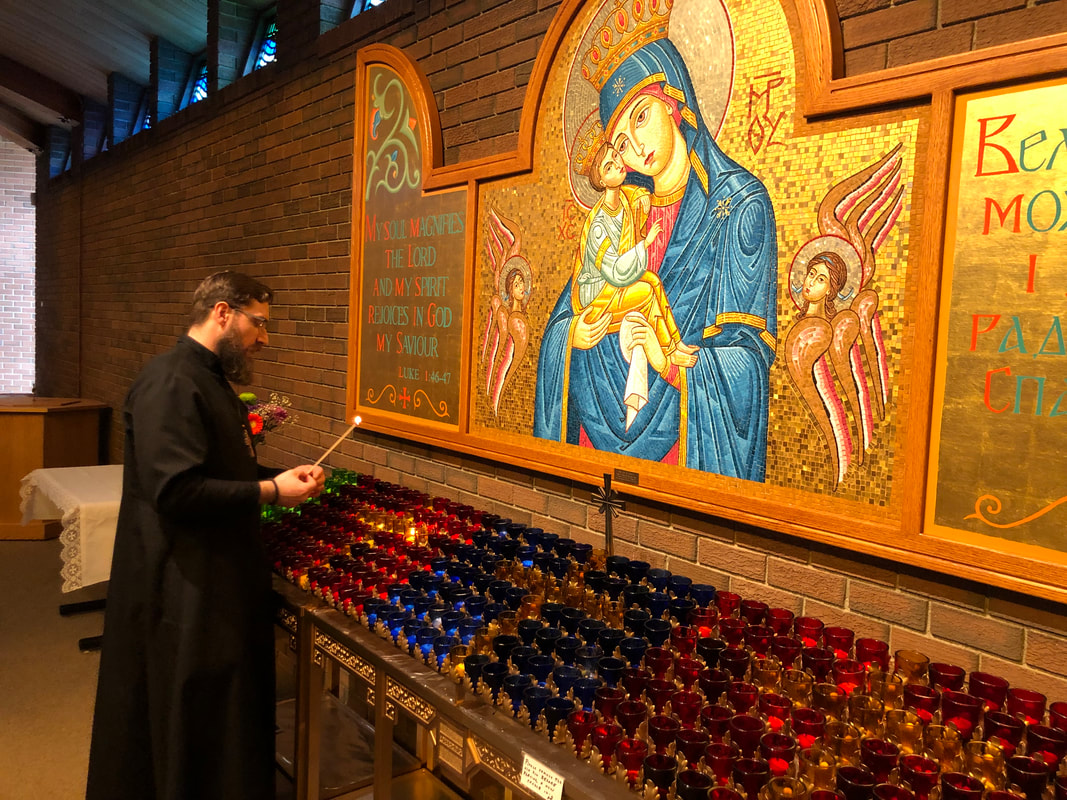
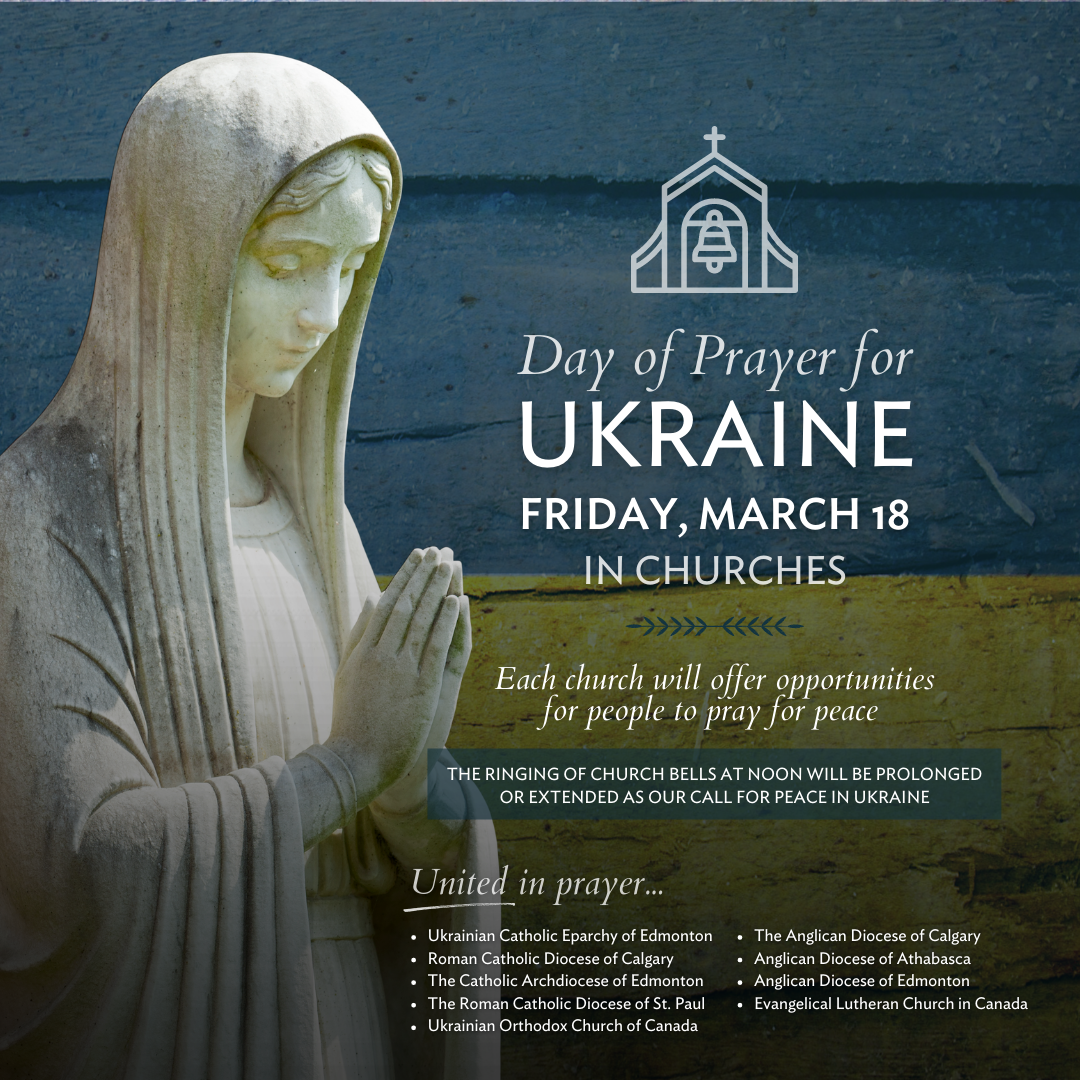
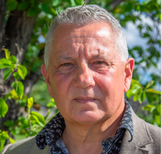








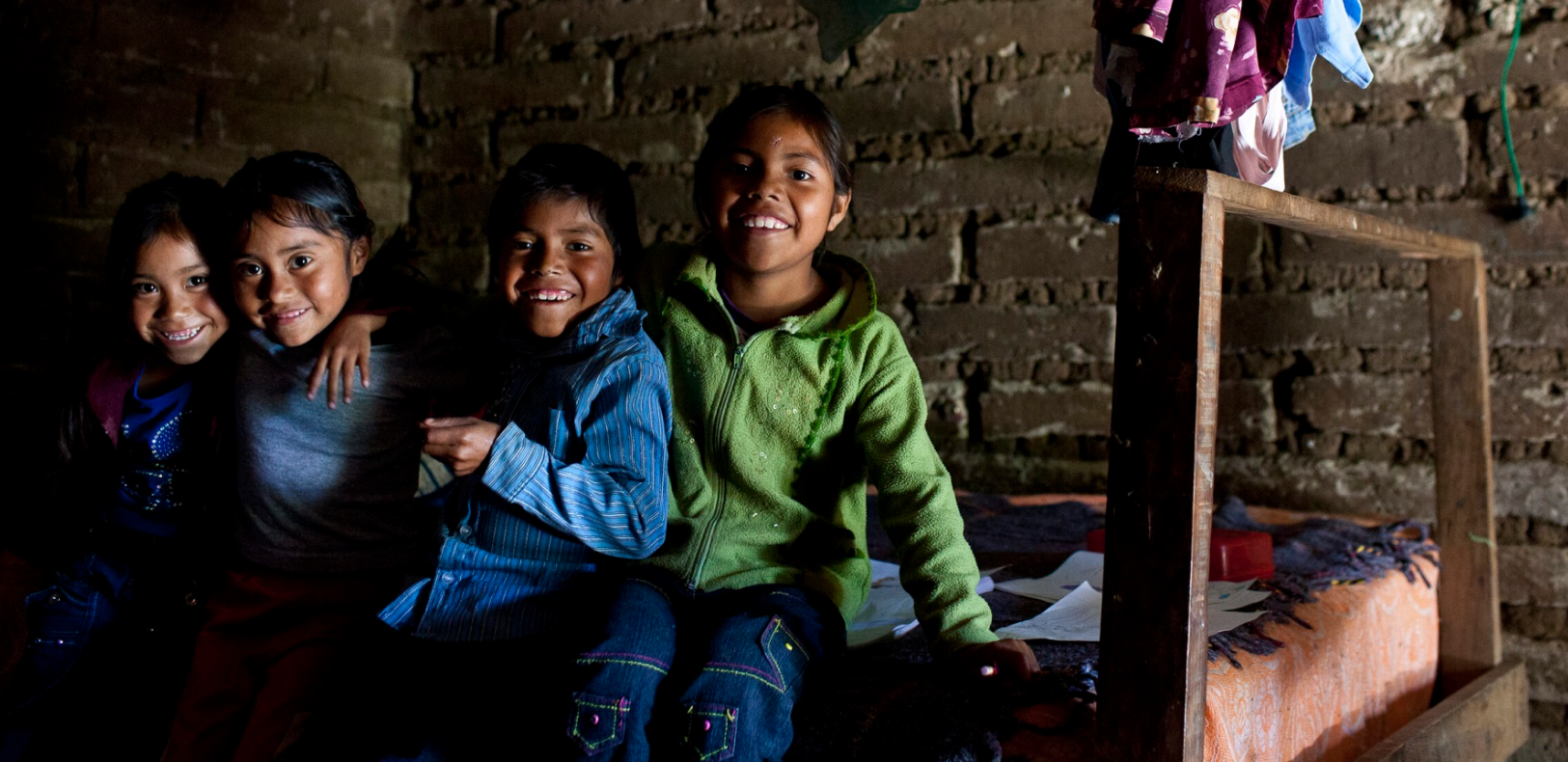



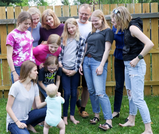
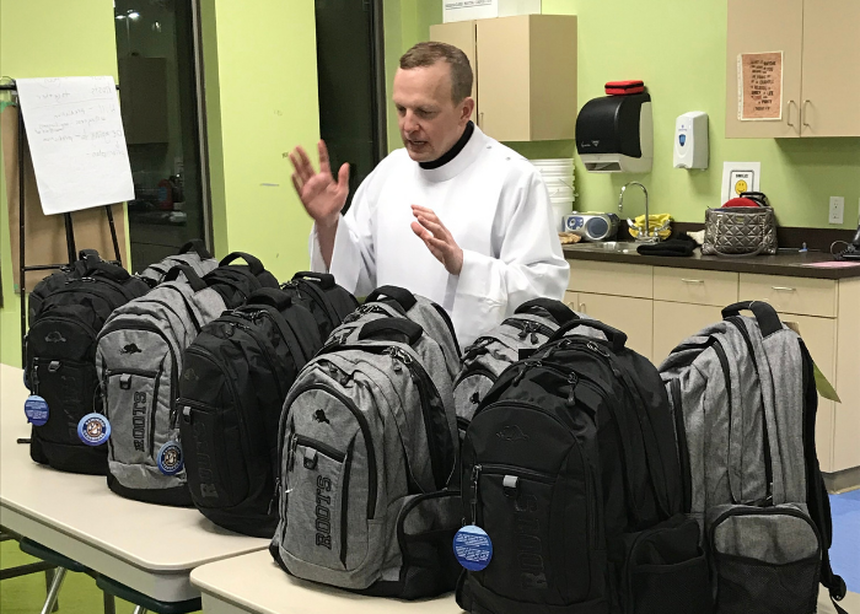
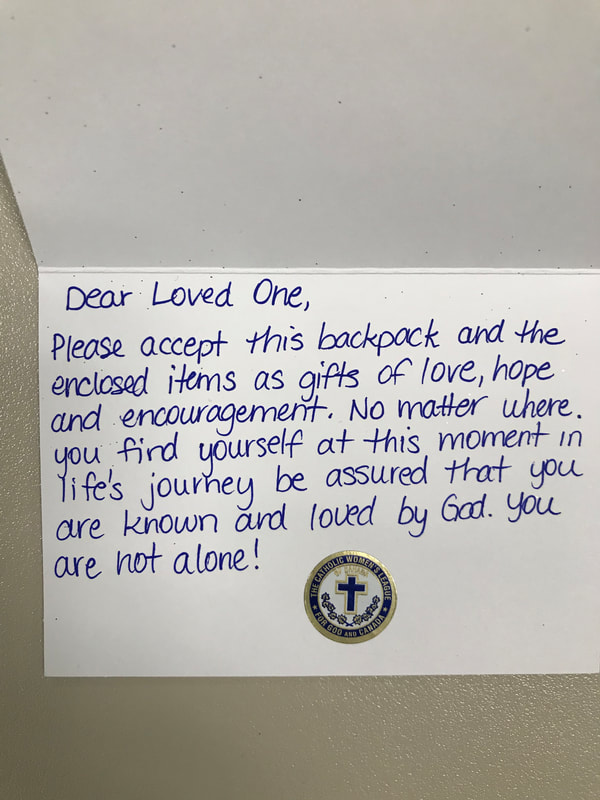
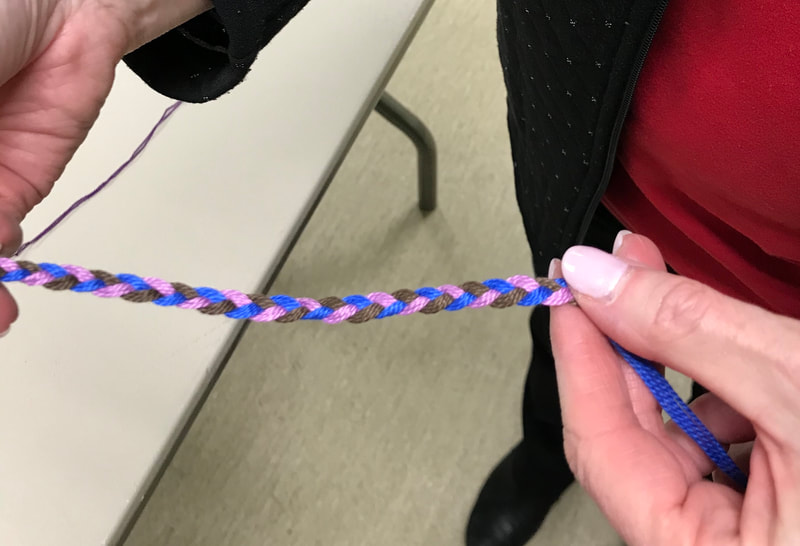
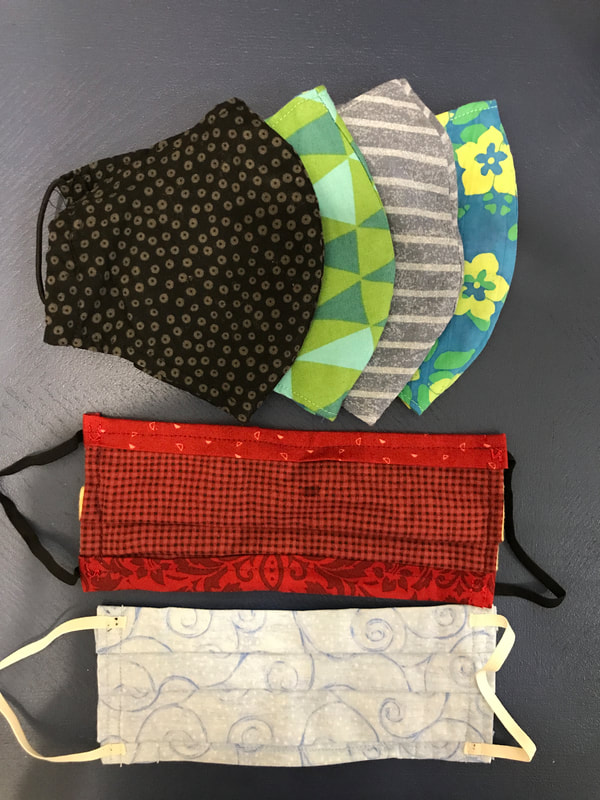
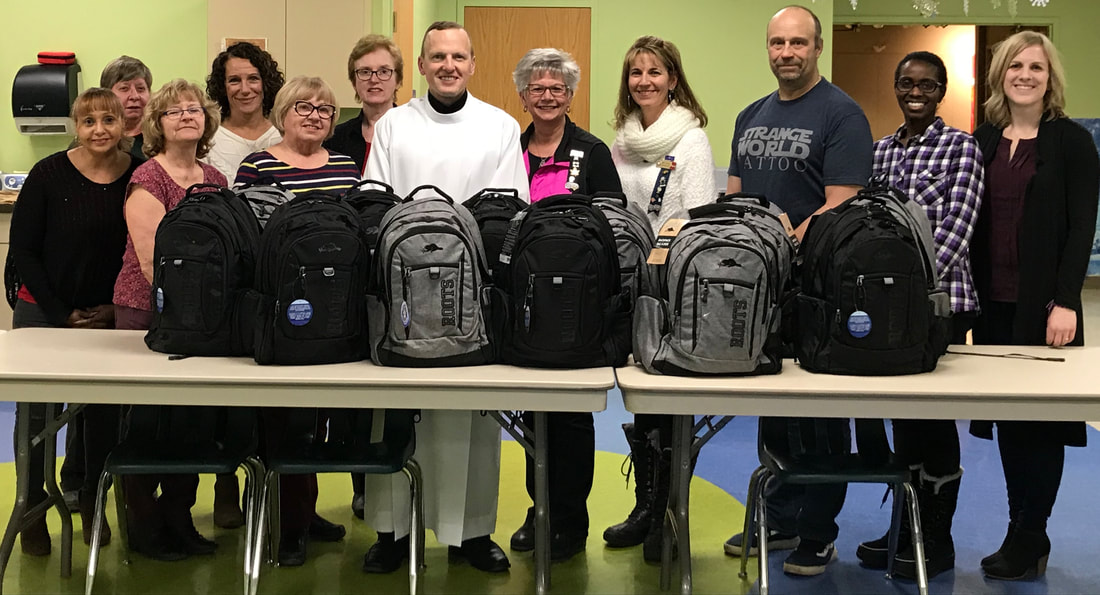
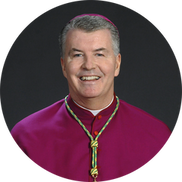
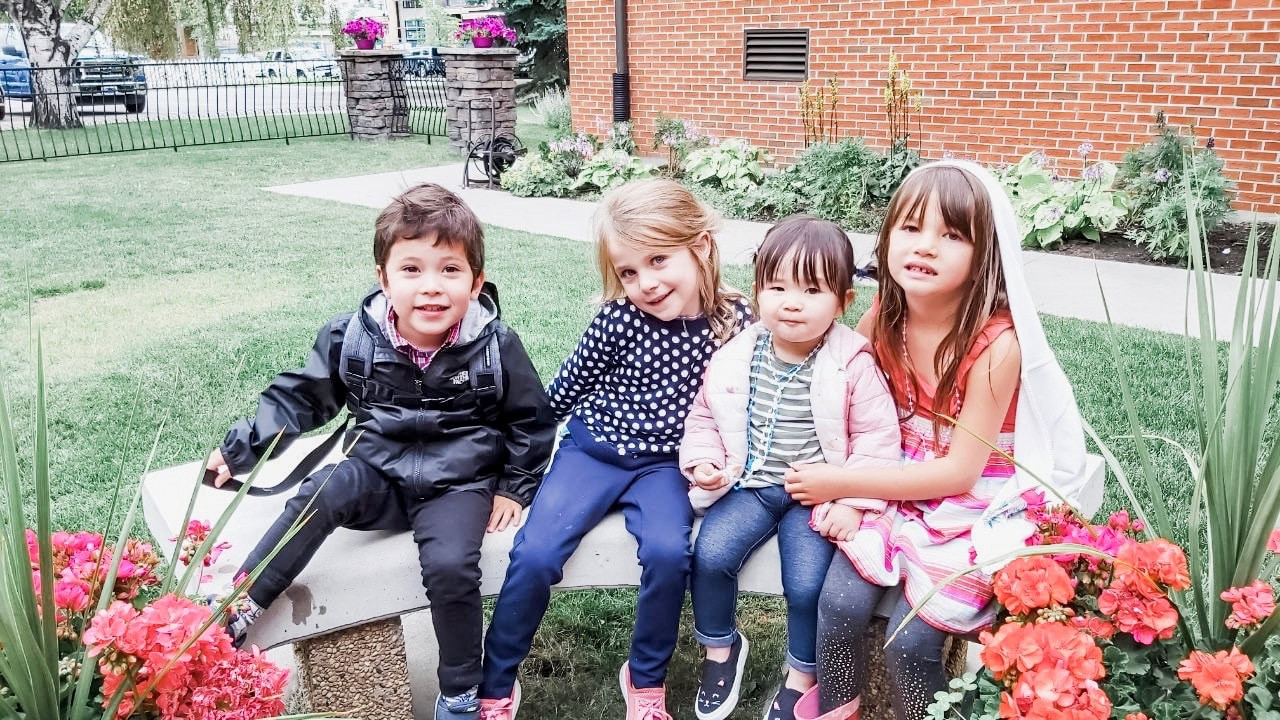
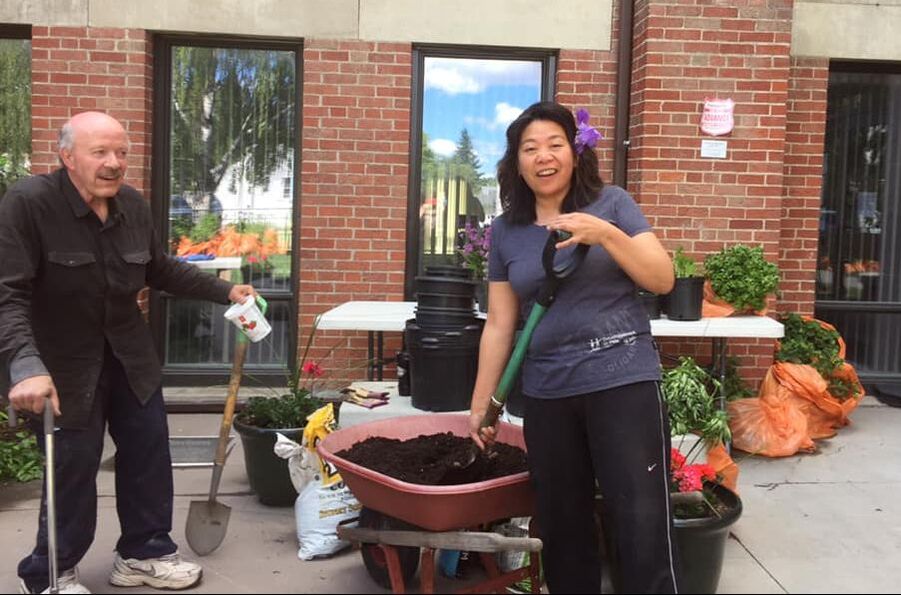
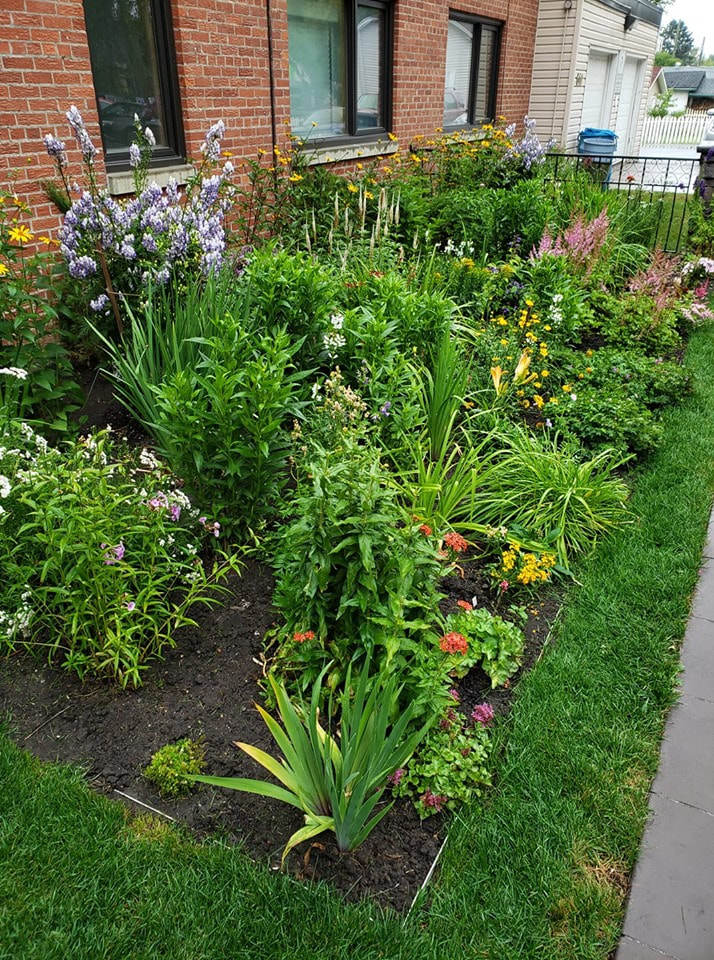


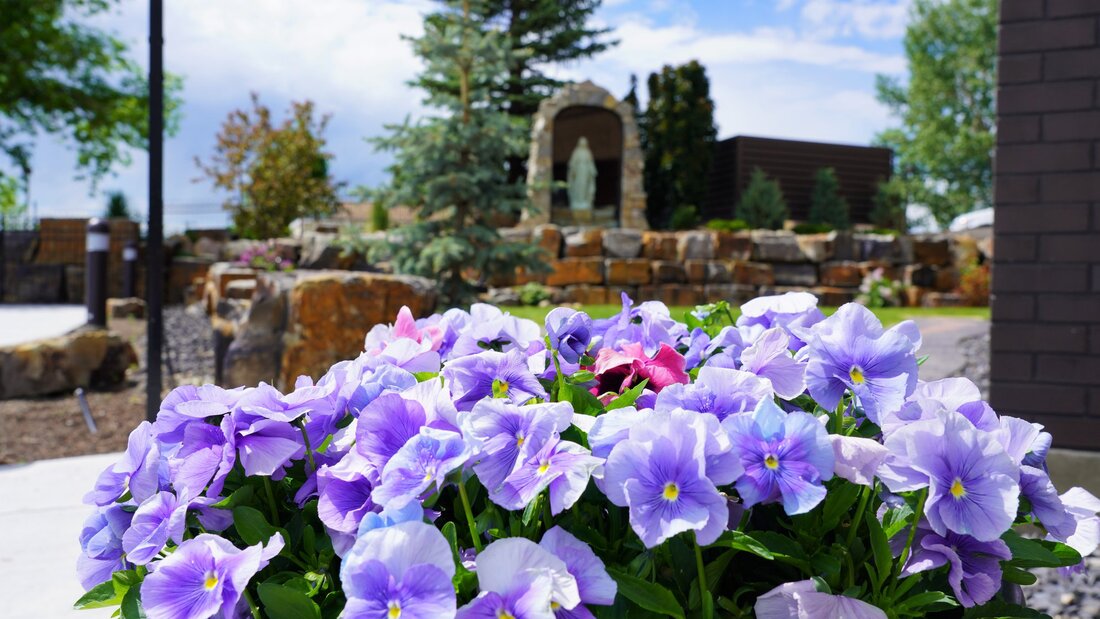
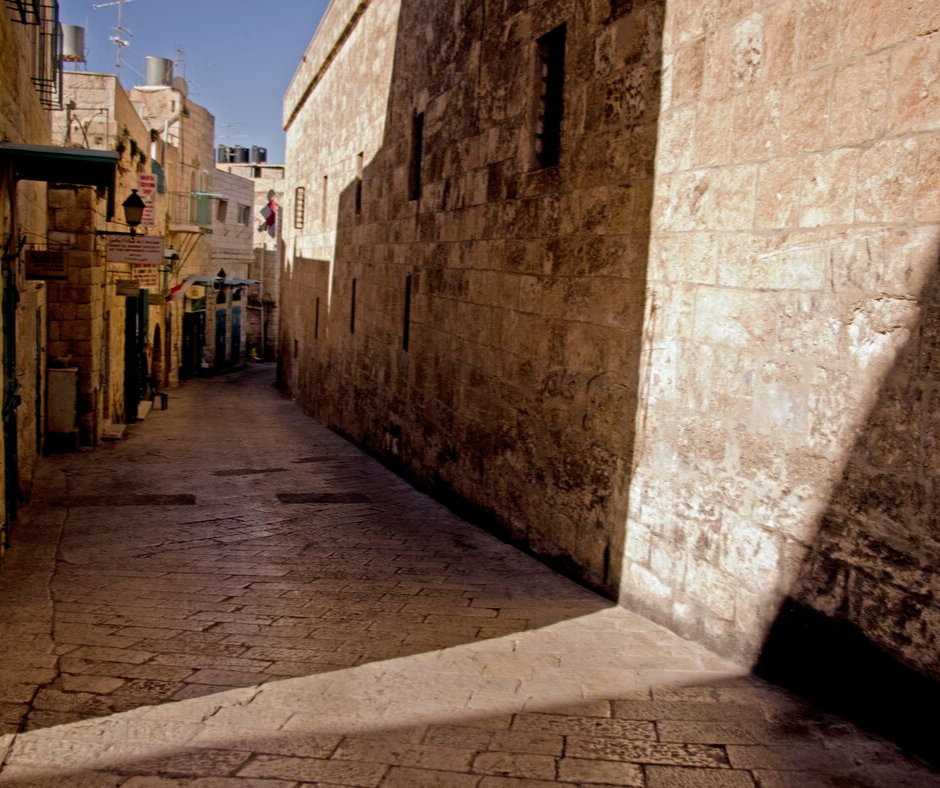
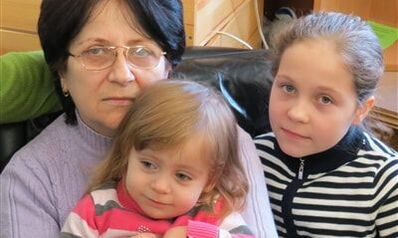
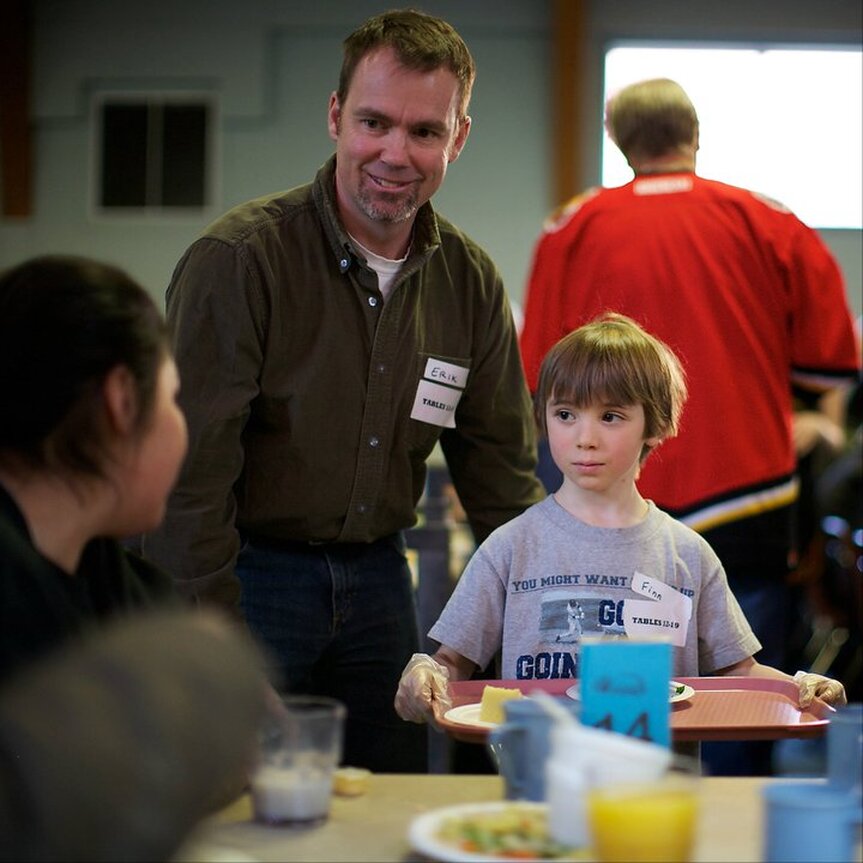
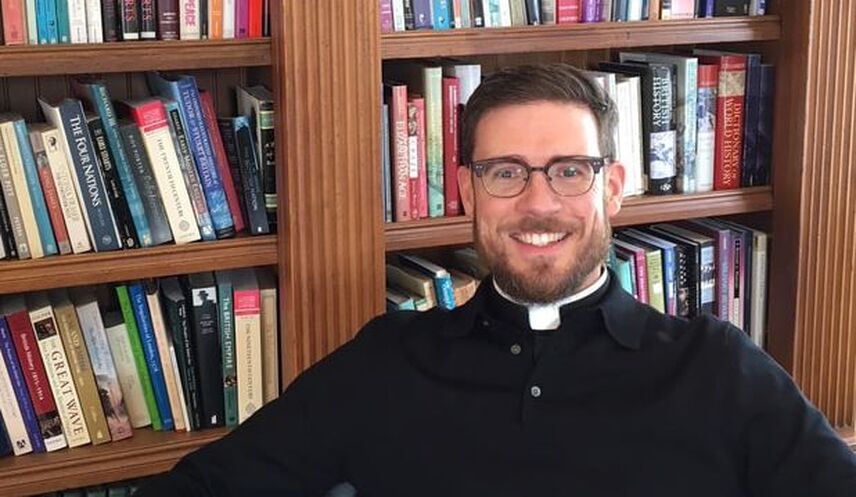
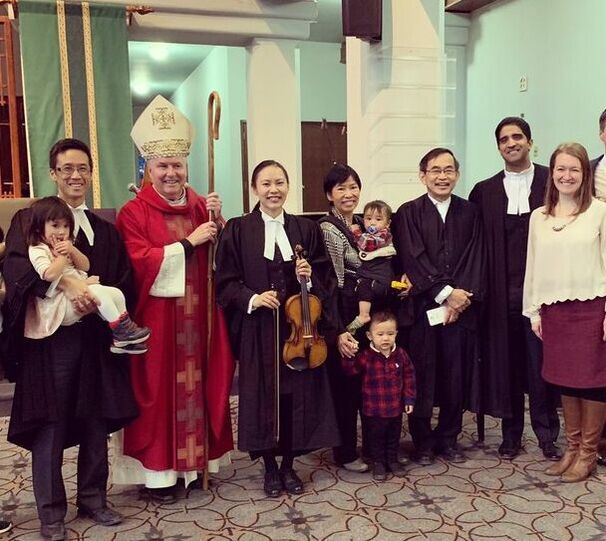
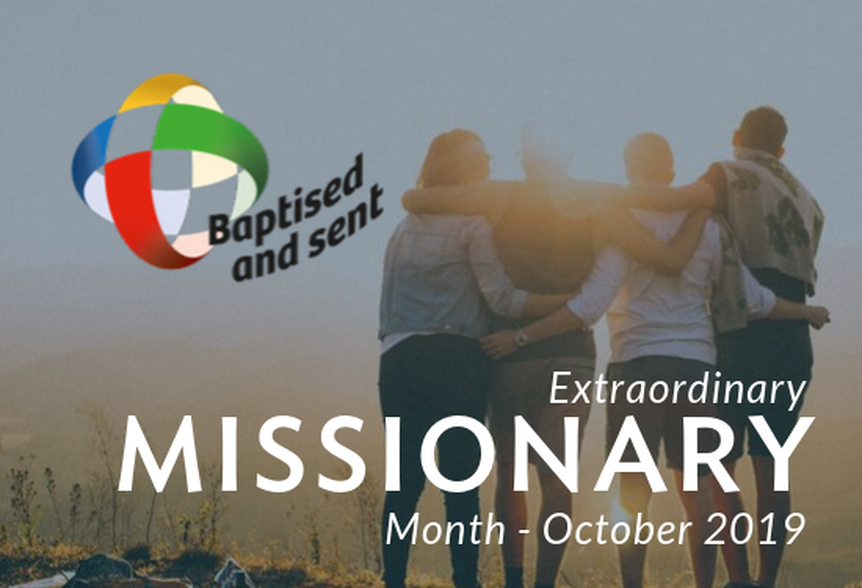
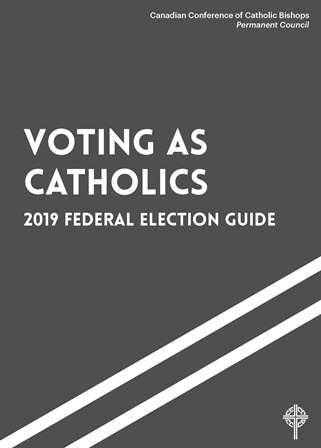
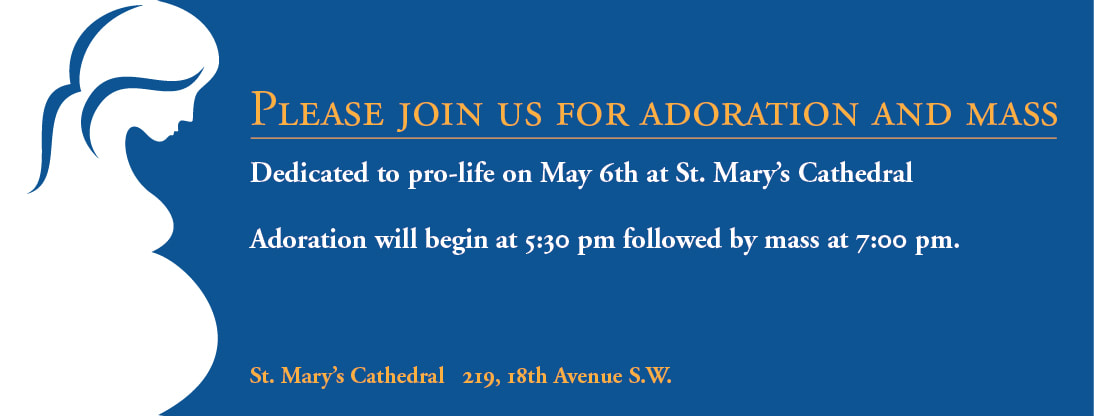
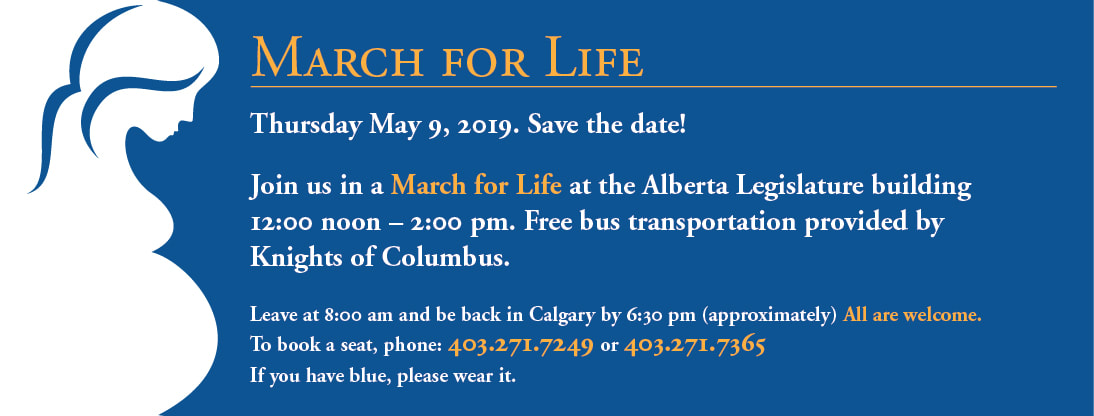
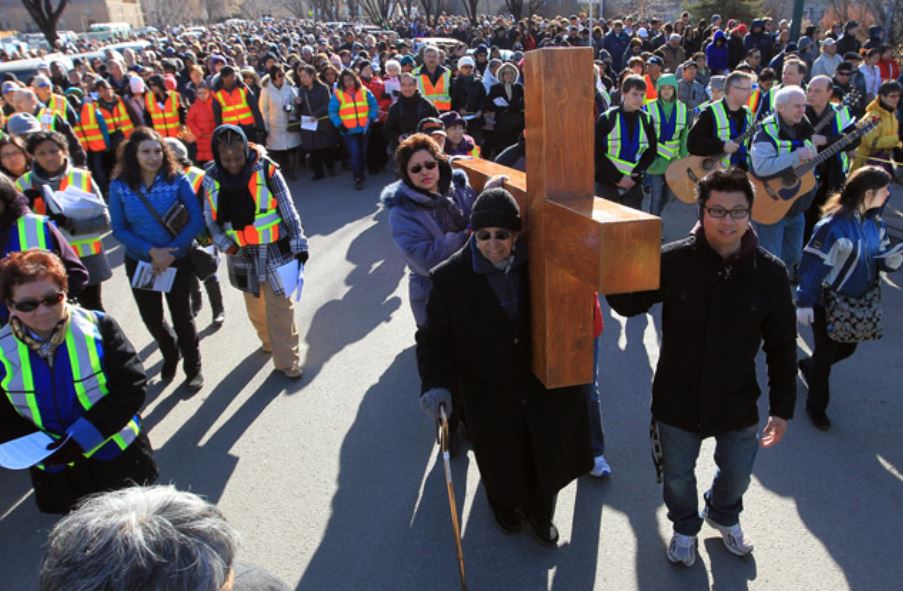
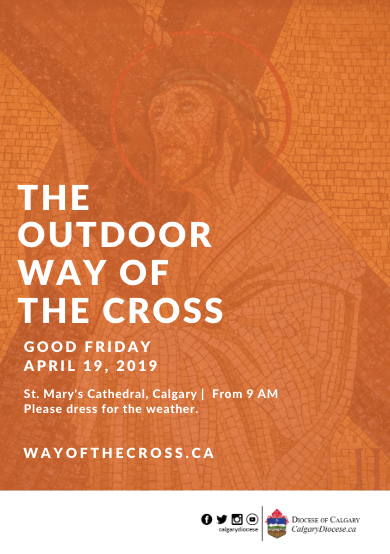
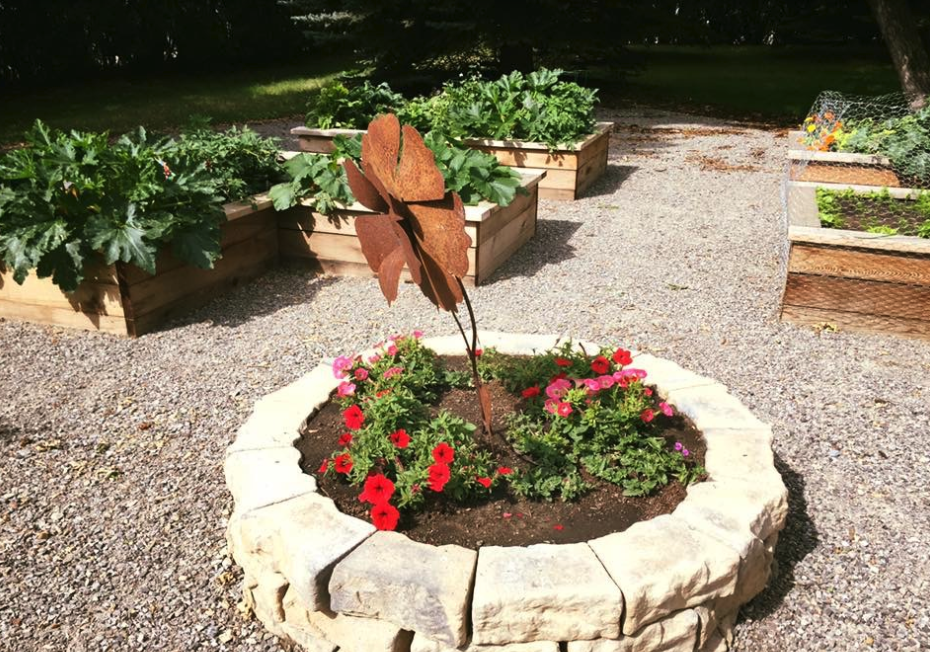
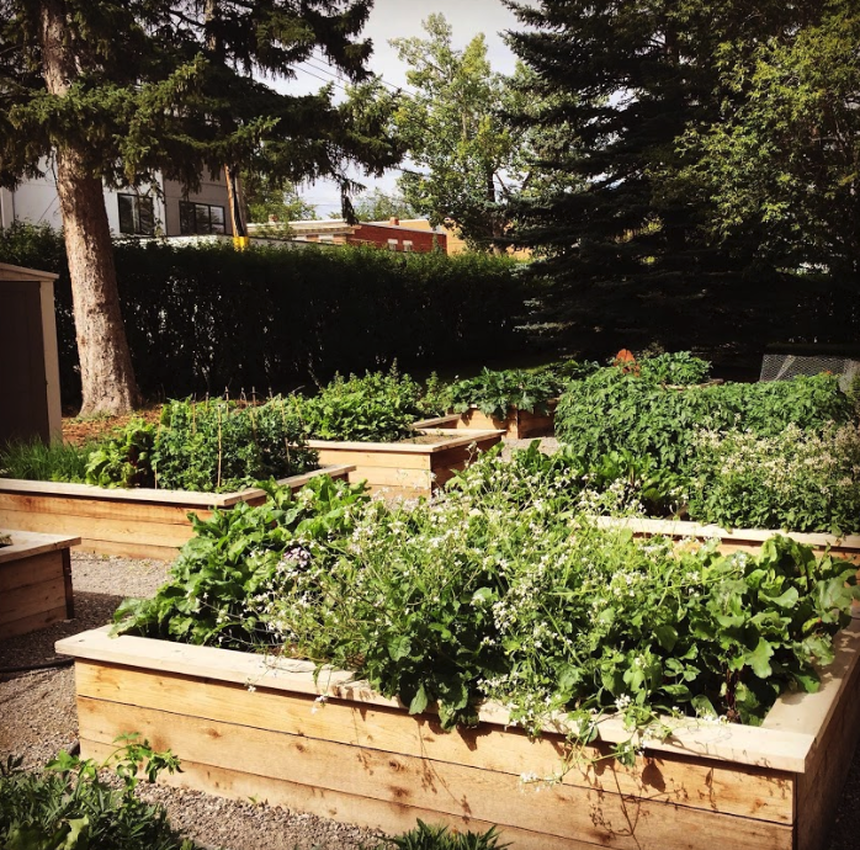
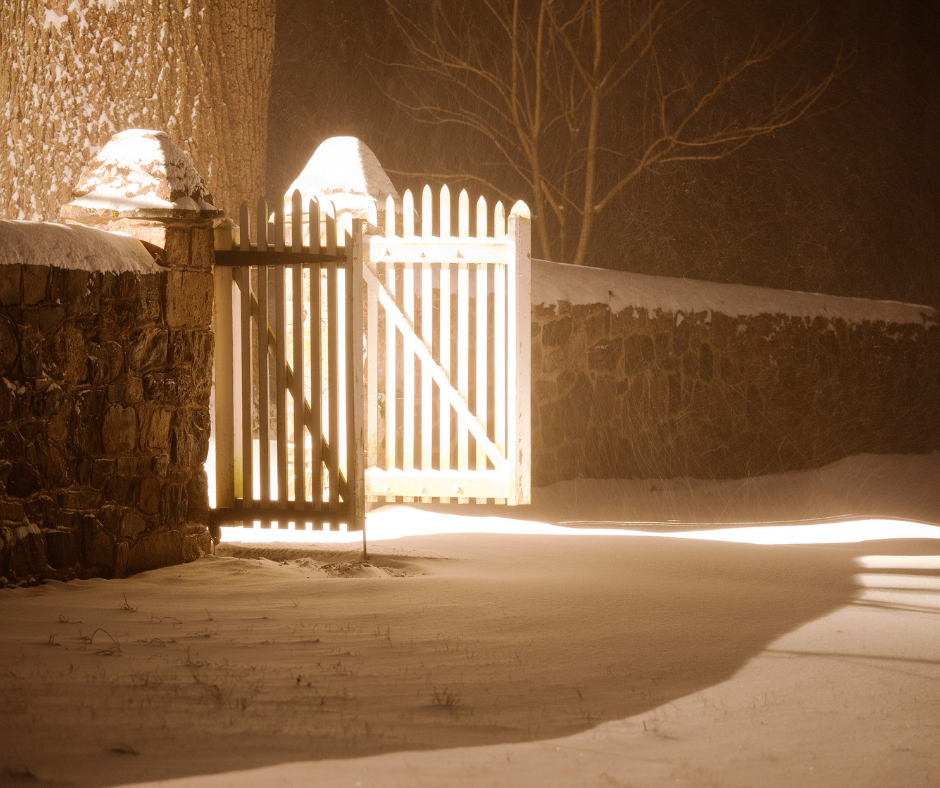
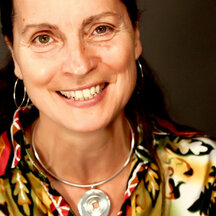
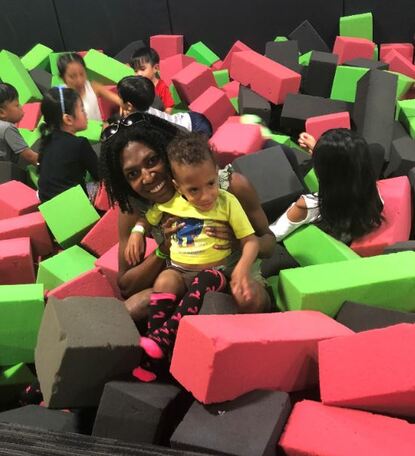
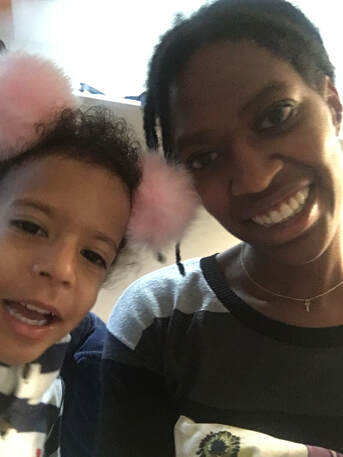
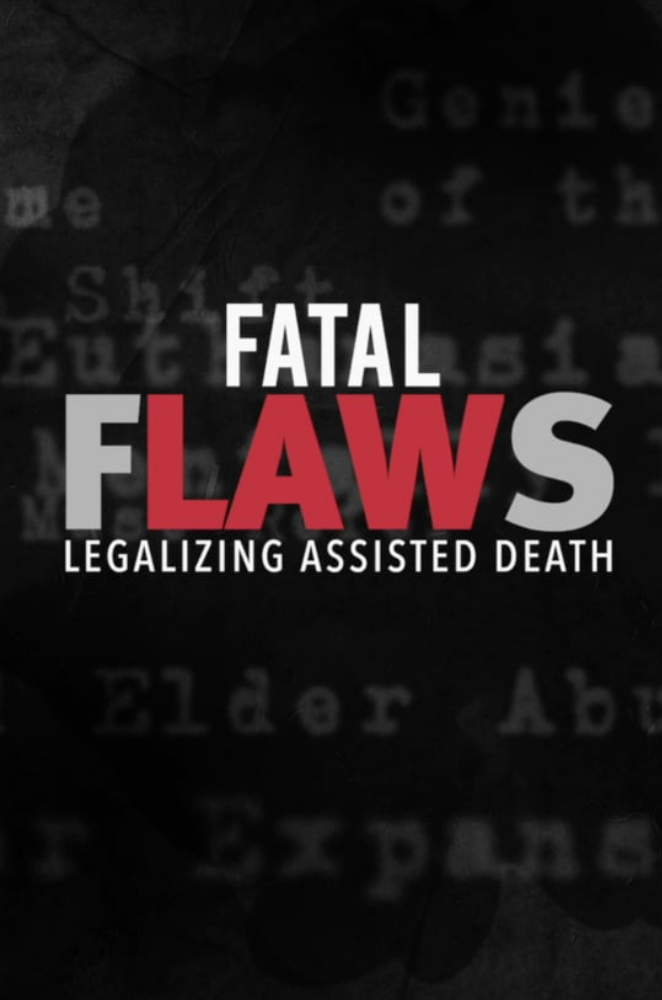
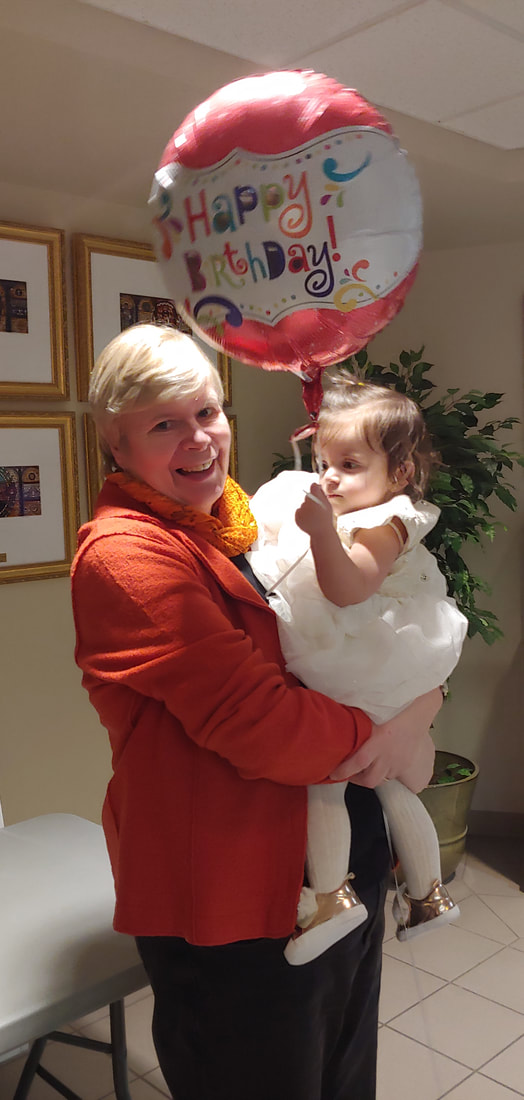
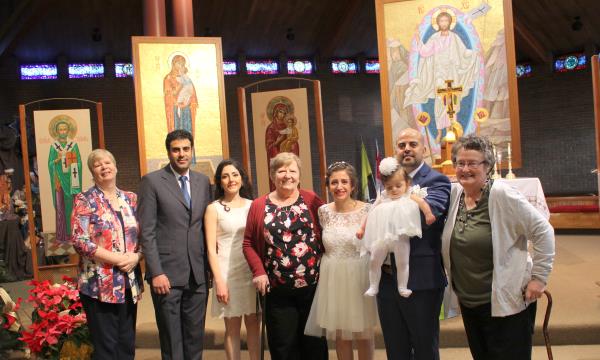
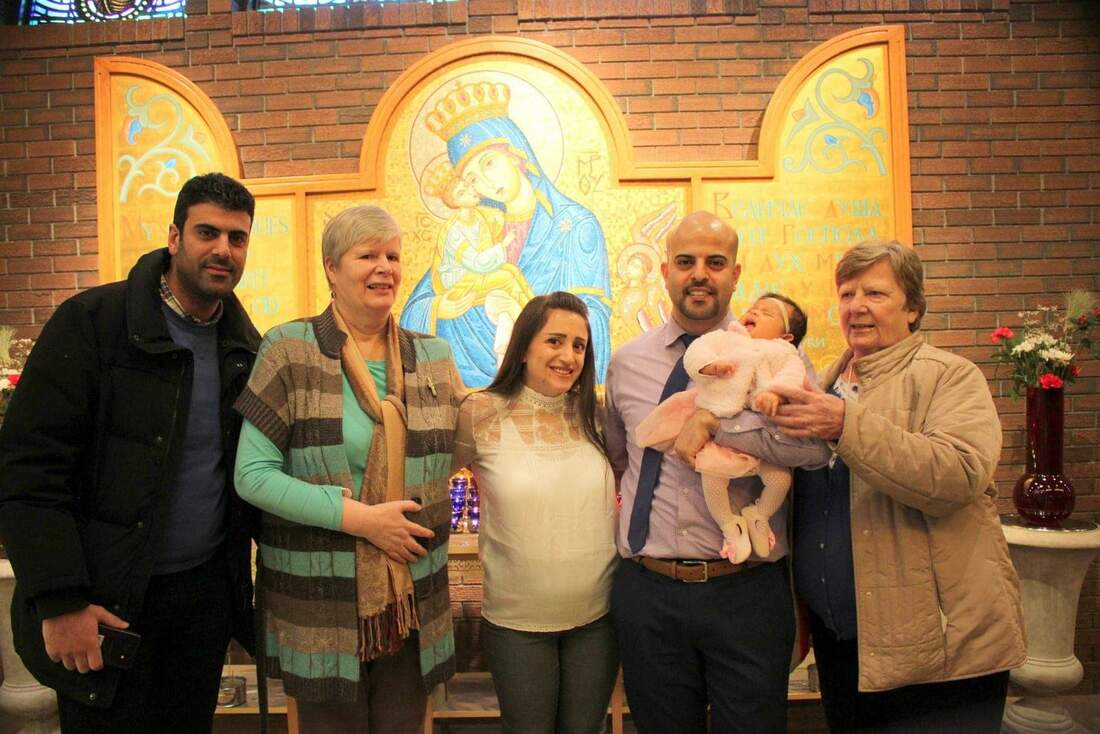
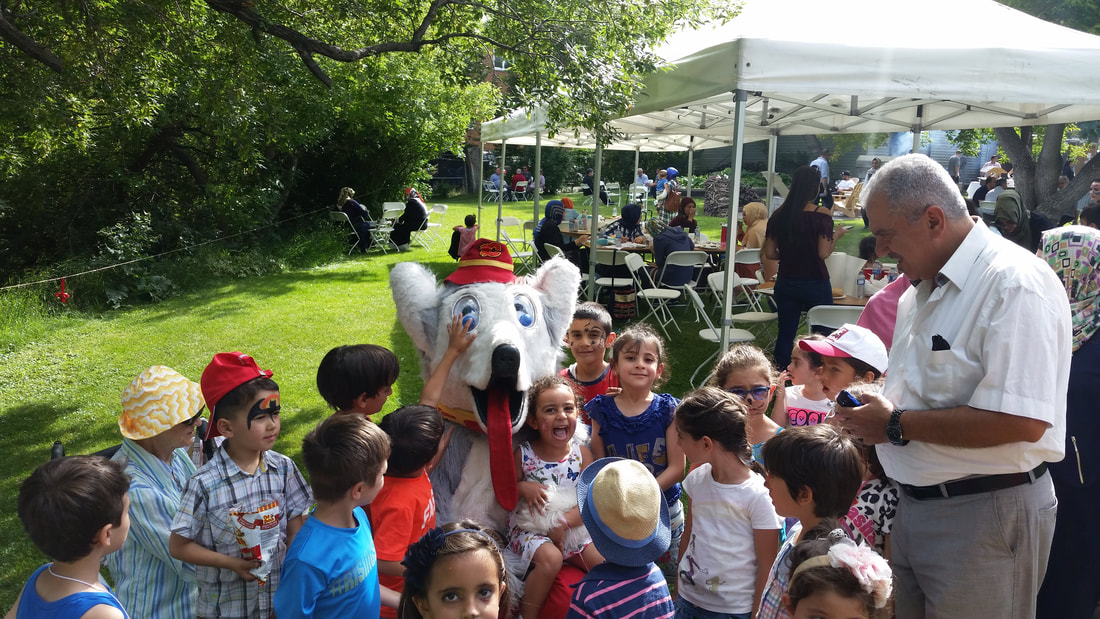
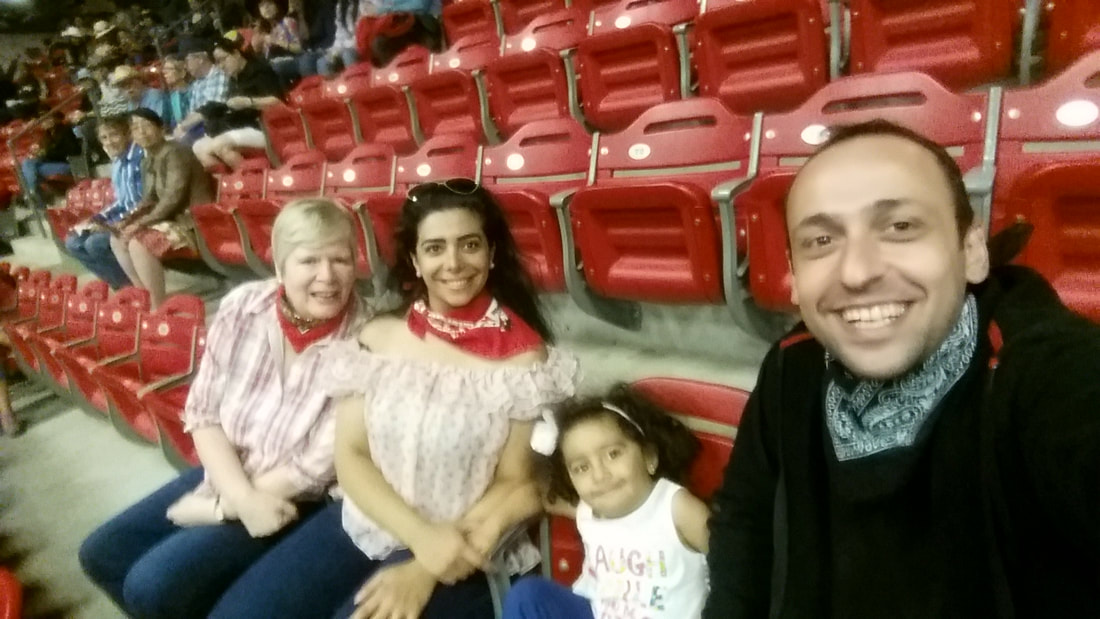
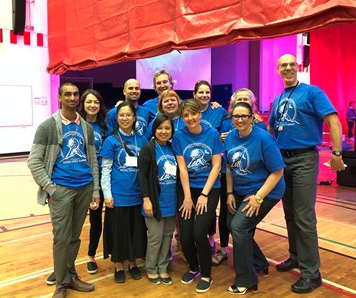
 RSS Feed
RSS Feed